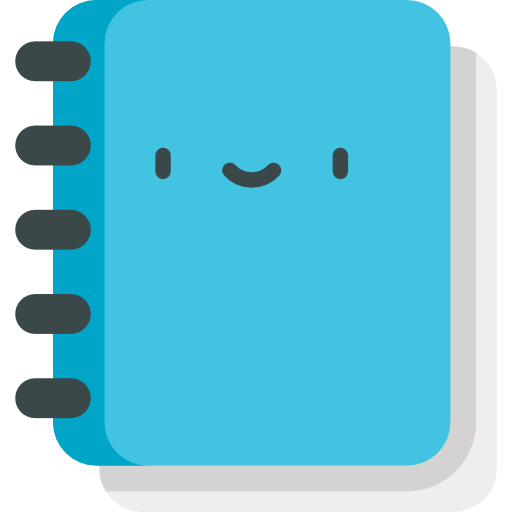mesh
The mesh library allows you to create meshes. A mesh is a set of vertices that define a 3D shape, for constant meshes you should use the IMesh object instead.
Methods
mesh.AdvanceVertex()
Pushes the currently set vertex data (via other mesh.* functions) into the mesh stack. See example on mesh.Begin.
Begins creating or modifying a 3D mesh constructed from a given quantity and type of primitive 3D shapes such as triangles and quads.
The resulting mesh can be stored in an IMesh if it is intended to be drawn multiple times or on multiple frames.
Sets the color to be used for the next vertex. This is COLOR0 semantic of
Vertex Shader. See mesh.Begin.
mesh.End()
Ends the mesh (Started with mesh.Begin) and renders it.
Sets the normal to be used for the next vertex. See mesh.Begin.
Sets the position to be used for the next vertex. See mesh.Begin.
Adds a quad (4 vertices) to the currently built mesh. See mesh.Begin.
Adds a quad (4 vertices) to the currently built mesh, by using position, normal and sizes. See mesh.Begin.
See also mesh.Quad.
Sets the specular map values. This is COLOR1 semantic of Vertex Shader.
Note: This doesn't currently work, even though COLOR0 can be successfully passed to the Vertex Shader using mesh.Color, unlike COLOR1, using this function.
Sets the S tangent to be used, also known as "binormal".
Tangents and binormals are using in bumpmap rendering.
See also mesh.TangentT and mesh.Begin.
Sets the T tangent to be used.
Tangents and binormals are using in bumpmap rendering.
See also mesh.TangentS and mesh.Begin.
Sets the texture coordinates for the next vertex for the current mesh. (See mesh.Begin)
A set of four numbers that can be used for arbitrary purposes by Material shaders.
This is most commonly used to provide tangent information about each vertex to the Material's shader.
number mesh.VertexCount()
Returns the amount of vertices that have been pushed via mesh.AdvanceVertex.
 Garry's Mod
Garry's Mod
 Rust
Rust
 Steamworks
Steamworks
 Wiki Help
Wiki Help